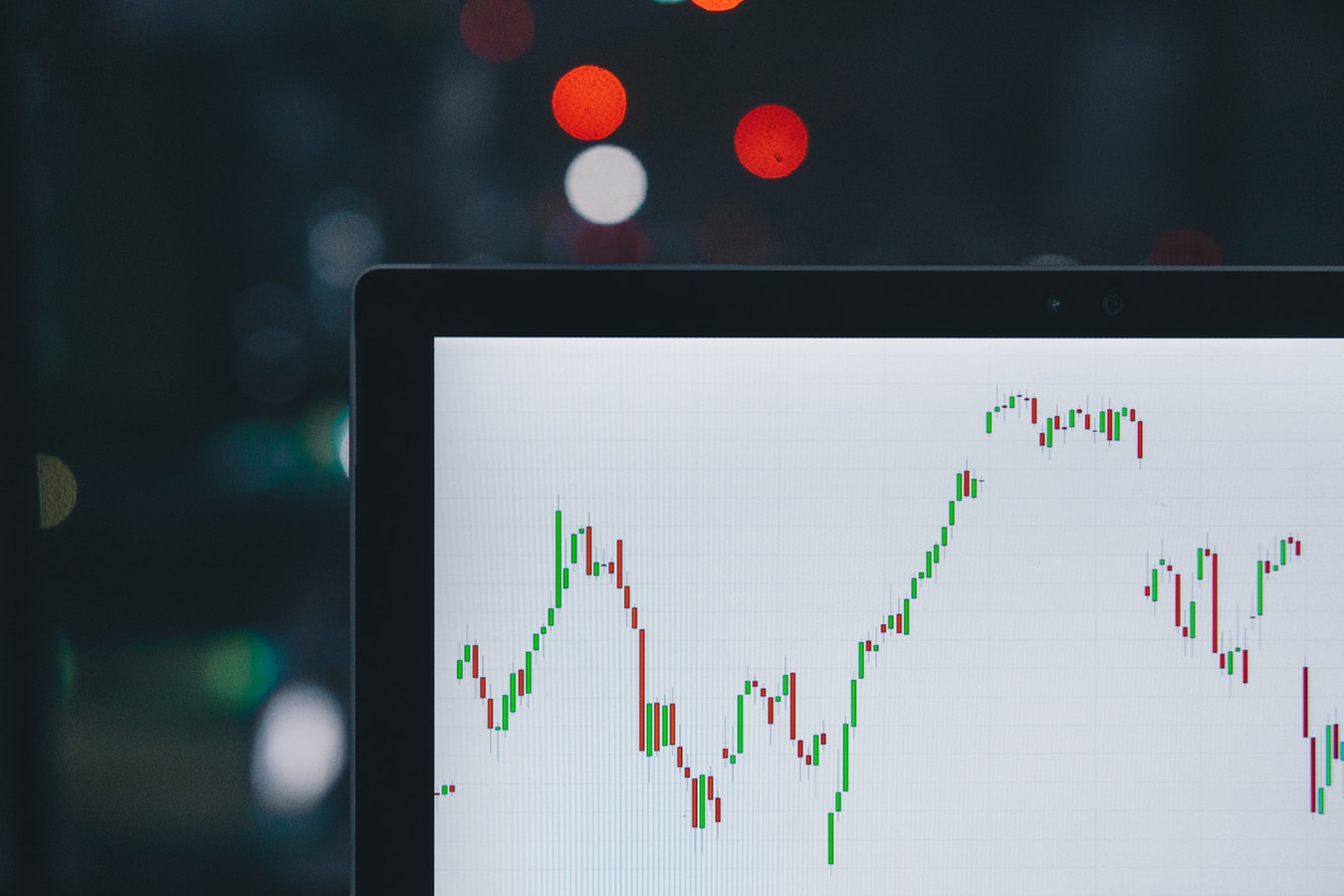Good morning,
Our note on Behavioral Finance last week received a lot of feedback and generated a good deal of discussion. Given the interest, we decided to discuss the topic a bit more this week as well. Behavioral finance combines the fields of finance and psychology, examining how cognitive and emotional biases can lead to poor decision making. Recognizing, identifying, and understanding biases can help investors avoid some classic pitfalls and make better decisions.
Last week we discussed: Attachment bias – holding an investment solely for emotional reasons; anchoring bias – becoming fixated on an arbitrary price as a benchmark; confirmation bias – accepting information that agrees with our point of view while dismissing evidence that contradicts us; hindsight bias – “I knew that was about to happen”; loss aversion bias – the tendency to avoid taking losses; herd behavior bias – following the crowd; mental accounting – viewing buckets of money differently; overconfidence bias – overestimating our own ability and not considering the external factors at work.
Additional behavioral biases include:
Regret Aversion Bias – the tendency to refrain from action, due to fear that you will regret your decision. Simply put, regret causes emotional pain, and we desire to avoid feeling responsible for a poor decision. Regret aversion is not always negative! For example, consider a person who invested in the tech bubble of the late 90s and lost money – regret aversion might prevent them from investing in the next bubble.
Gamblers Fallacy – the false belief that future probabilities are altered by past events. For example, consider flipping a coin 25 times, and each time it lands “heads” up – it’s easy to think the next flip is more likely to land “tails” up. However, this is gamblers fallacy, as the likelihood of a coin landing “heads” up is always 50%. Each coin flip is an independent event and all previous flips have NO impact on the next flip. Buying or selling an investment on the belief that the trend is about to reverse at any given instant is irrational. Investors should instead base their decisions on fundamental/evidence based analysis.
Cognitive Dissonance – the challenge of reconciling two opposing beliefs (cognitive – relating to the brain/mental process, dissonance – inconsistency/turmoil or discomfort). Cognitive dissonance bias refers to the mental discomfort investors go through when they hold conflicting views about an investment or the market in their minds. One way to manage this is to realize that investments and markets change, and you don’t have to be locked into a current belief or decision.
Status Quo Bias – the tendency of investors to do nothing, when in reality action is called for. Status quo bias is a preference for the current state of affairs, and is often observed with inherited or concentrated stock positions. Bottom line, change is often scary.
Paralysis by Analysis – overanalyzing a situation and never making a decision. An individual (or group) can actually have too much data, and endless internal debate over the pros and cons of something can result in a decision never being made. The underlying cause of this is anxiety and fear of making the wrong decision – endlessly imagining downside to all variables and options. Paralysis by analysis leads to nothing getting done and missed opportunities.
The goal of recognizing and understanding the above common behavioral biases is to help prevent psychological/emotional factors from negatively impacting financial and investment decisions. Being aware of biases can help investors avoid mistakes and obtain better results.
Traditional financial theories/analysis/valuation techniques aren’t the only things behind investments decisions, and they don’t take into account human psychology. Behavioral Finance acknowledges that human investors are influenced by their assumptions, perceptions, biases, and emotions. Movements in the financial markets are determined by the actions of people, and behavioral finance plays a large role in that!
All the best – Southport Station Financial Management, LLC


